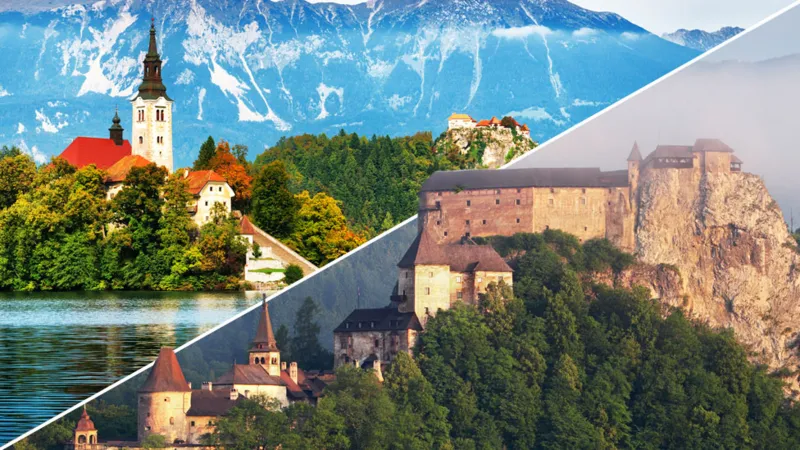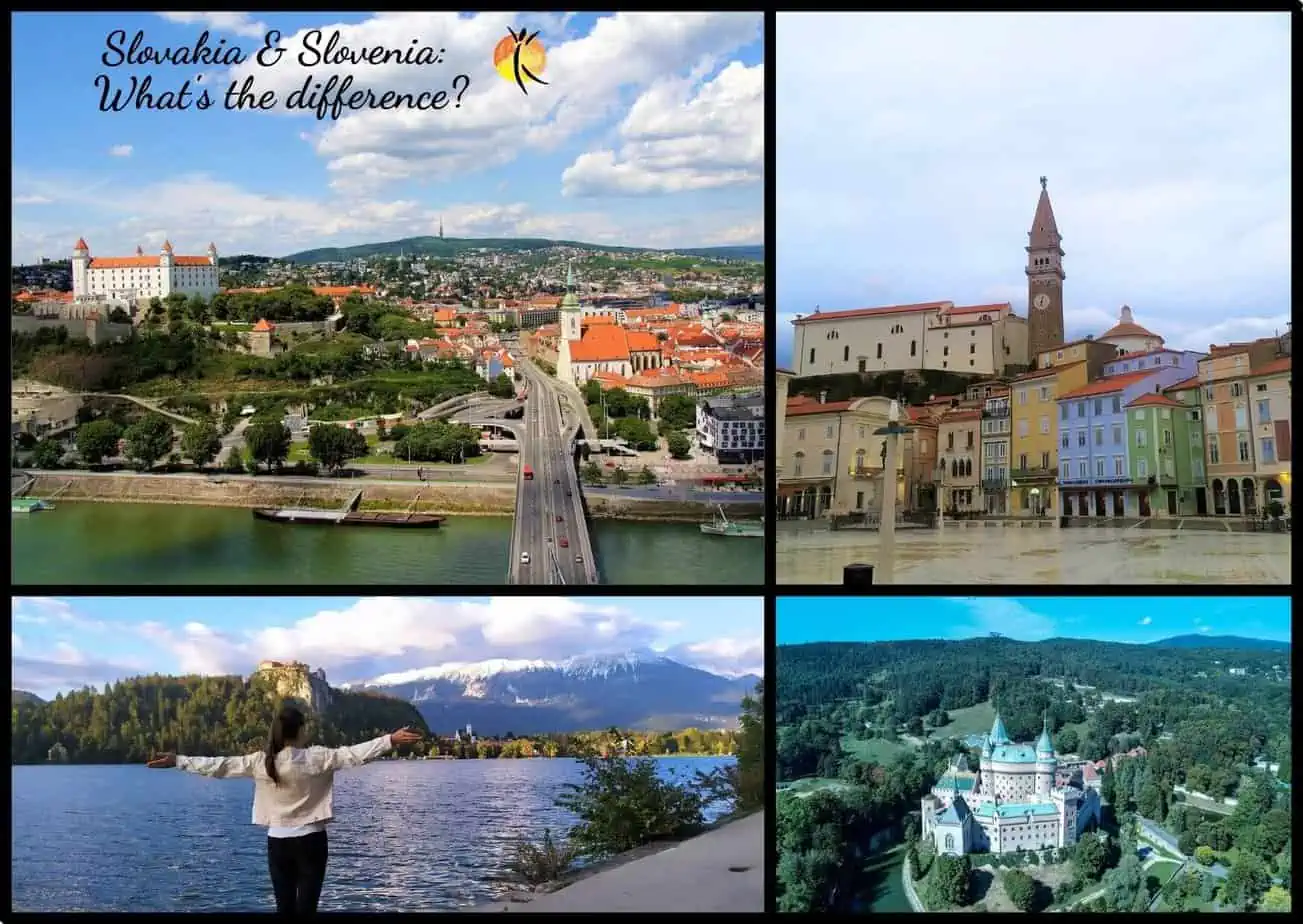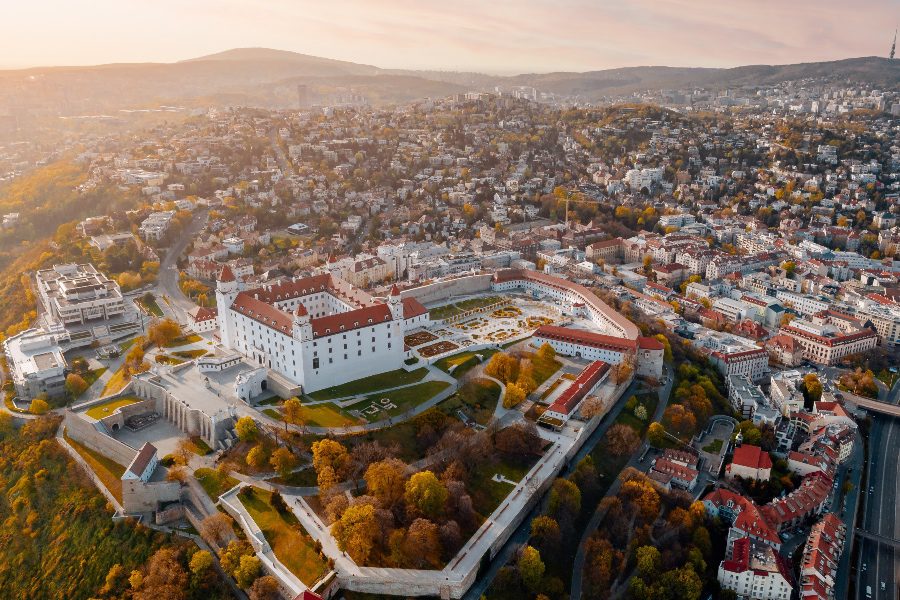by B. NIMRI AZIZ

Bulldozers, those agile, yellow caterpillar-track hoes, we watch transforming towns, farms, deserts and suburbs worldwide. But how many of us have seen an Israeli bulldozer at work? Many Palestinians for certain, as they rush this way and that to grab furnishings, documents and clothes from their homes before these redoubtable machines demolish their dwellings.
Nowadays we may view a newsreel of these enablers of Israel’s colonial agenda following bombers and tanks across Gaza, clearing the way for new Israeli living places. Notwithstanding the efforts of millions of protestors worldwide, legal prosecutions, celebrity appeals, endless grisly testimonials of the daily slaughter, their work continues unimpeded.
The Occupied Palestinian Territories are a common venue for a super edition of the formidable Israeli bulldozer. There they lumber through streets on a mission that may not appear connected to Gaza’s leveling. Although it is. They are colossal and cumbersome, fitted out with appendages especially designed for their targets. Their unwieldiness does not hamper them. Nor do stones tossed by neighborhood boys. Usually accompanied by fully armed Israeli troops to thwart any resistance, they proceed slowly towards their goal.
I witnessed them at work during an assignment in a West Bank town in 1996 . I stood with an evicted family who’d hastily gathered what they could during the previous hour after being notified their home would be destroyed. Theirs was a well-kept stucco house, I remember: 2 stories, potted trees on upper terraces overlooking the street and beds of flowers behind a low outer wall. I wrote not about the monstrous, unstoppable machine, but about the symbol of the house to the Palestinian family, the domain of the mother, how it’s the singular place of refuge for an occupied people. (Even at that time, many Palestinian babies were still delivered in these homes.) I readily recall the enormity of that machine, how it filled the entire landscape while we gazed – shuddering, silent, insects gathered on a heap of blankets, clothes, and pots.
With its contracted joints held against its sides to enable freer movement, this monster maneuvers through the narrow streets of West Bank Palestinian towns. Some simply target a designated house, its articulated limb rising to attack it from above. Well-practiced in this task, it ensures nothing but rubble remains at the end of an hour.
High above the mesh-covered body of the machine, is a control cabin with its operator, presumably a human being. These machines sprout new features. In a recent photo of one bulldozer, though it’s blurred, having necessarily been taken from some distance away, we can see an array of children’s toys, specifically open-eyed stuffed bears. Hanging on the machine’s protective grate, they must be trophies from homes smashed in earlier exercises. They remind me of the wide-eyed delight of Israeli soldiers inside Gaza homes as they smash and mock their quarry.
Barbara Nimri for more












